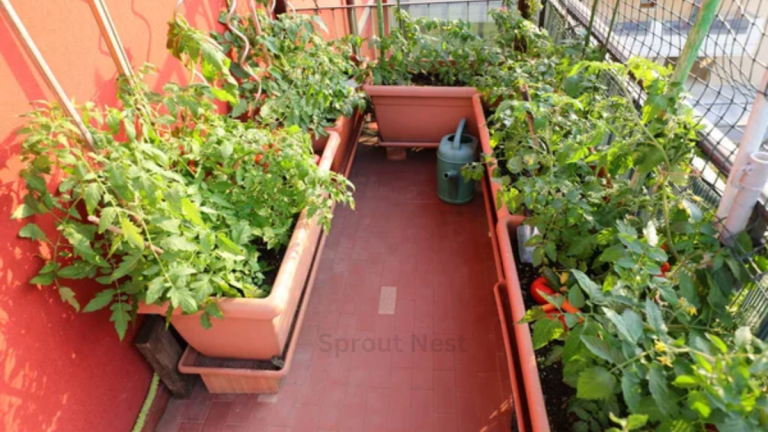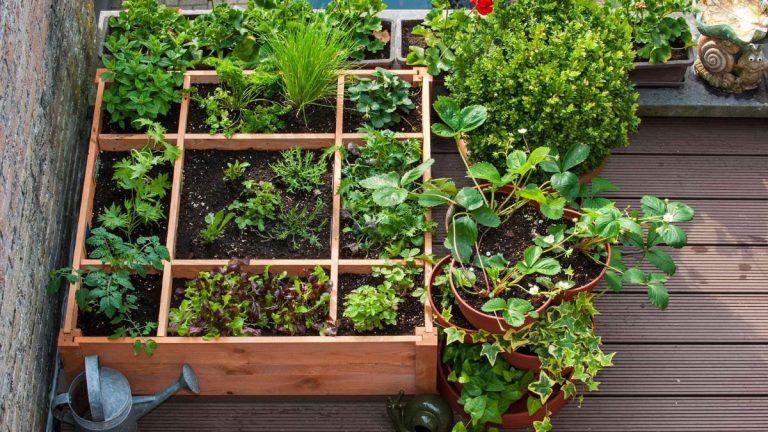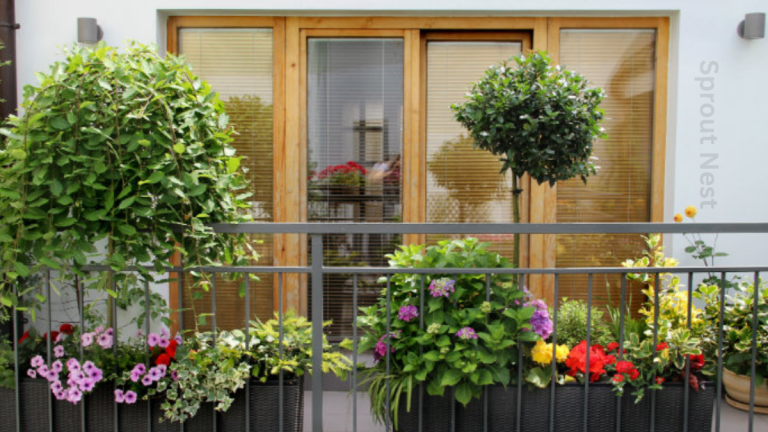Growing vegetables on your balcony is not only possible—it’s incredibly rewarding. As a gardening consultant, I’ve helped many beginners turn small balconies into productive green corners. Here’s how you can do it too.
Start by checking how much sunlight your balcony gets. Most vegetables need at least 4 to 6 hours of direct sunlight daily. South or west-facing balconies are ideal, but with the right planning, even shadier spaces can grow greens.
Choose containers that fit your space and the type of veggies you want to grow. Rectangular planters, grow bags, and hanging pots work well. Just make sure they have proper drainage holes.
Next, pick vegetables suited to containers. Leafy greens like spinach, lettuce, and rocket grow quickly and take up little space. Cherry tomatoes, radishes, chillies, and spring onions are also great options for beginners.
Use a good-quality potting mix rather than garden soil. Add compost or organic fertiliser for nutrients. This ensures healthy roots and better yields.
Water regularly, especially during hot weather. Most balcony pots dry out faster than garden beds. Try watering early in the morning or late in the afternoon to reduce water loss.
Support climbing vegetables with bamboo stakes, trellises or wall frames. This saves space and encourages healthier growth.
If space allows, add a small compost bin or worm farm. This reduces waste and gives you fresh compost for your plants.
Monitor for pests like aphids or whiteflies. Neem oil spray or a mild soap solution usually works without harming your plants.
With a bit of care and consistency, your balcony can supply fresh, organic vegetables right outside your door. It’s a satisfying, sustainable way to enjoy gardening—even in the heart of the city.



